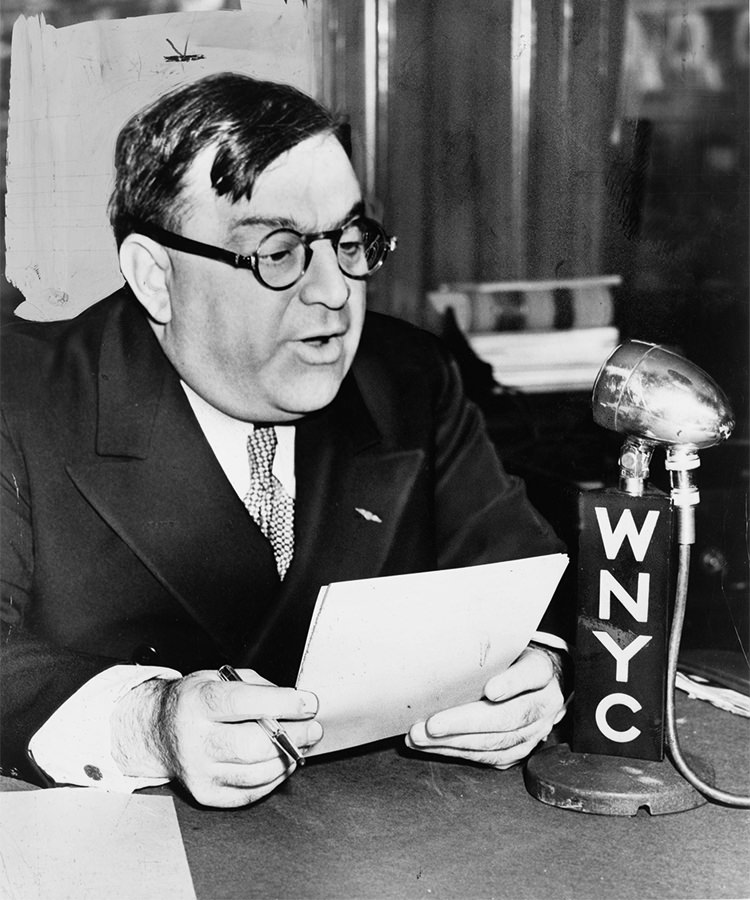The prohibition of alcohol in the United States in the 1920s didn’t mean the end of drinking in the country. For many people, Prohibition and the Volstead Act simply meant the flaunting of illegal drinking. Wealthy New Yorkers flaunted with lavish booze-cruise parties and bootleggers flaunted with money. Fiorello La Guardia, best known as the mayor of New York City in the 1930s and ’40s, flaunted his illegal drinking by sipping homemade beer in his congressional office in Washington, D.C.
In 1926, La Guardia summoned 20 newspaper reporters and photographers into Room 150 of the House Office Building. With a straight face, he took “near beer” (the low-alcohol beer allowed under the Volstead Act) and mixed it with two-thirds of a bottle of malt tonic. Then he took a sip. He declared the alcoholic beverage legal, according to La Guardia’s New York Times obituary in 1947, and headlines the next day heralded his publicity stunt.
La Guardia, a Republican, was a progressive member of the House of Representatives from 1923 to 1933. He supported women’s suffrage and fought against child labor. His souped-up near beer was an example of the bombast he was capable of — and an example of how politicians got away with things they wouldn’t think of doing today. Imagine if a conservative member of the House rolled a spliff of tobacco and marijuana — a souped-up “near joint,” if you will, composed of tobacco and (in Washington, D.C.) a decriminalized amount of cannabis — and smoked it in the building in front of the media.
La Guardia’s publicity stunt didn’t earn him many friends in Congress, however. Republicans branded him not conservative enough to give support to, and Democrats viewed him as too conservative. In 1933, a wave of Democrats took over the three houses of government, and La Guardia lost his seat.
He went on to become one of the most popular mayors in New York City history. As mayor, his activism against congressional policing of substances continued. La Guardia commissioned the La Guardia Committee Report on Marihuana (sic) in response to the start of the war on drugs in the late 1930s. In 1944, after five years of study, his report declared several groundbreaking statements:
“The use of marihuana (sic) does not lead to morphine or heroin or cocaine addiction and no effort is made to create a market for these narcotics by stimulating the practice of marihuana (sic) smoking.”
“The publicity concerning the catastrophic effects of marihuana (sic) smoking in New York City is unfounded.”
And, “Marihuana (sic) is not the determining factor in the commission of major crimes.”
The study was enough to make Harry Anslinger, the first commissioner of the federal Bureau of Narcotics, denounce La Guardia, his study, and his stance on drugs.
La Guardia’s anti-regulatory stance on cannabis wasn’t embraced by the public as much as his stance against Prohibition was. But one day, perhaps the U.S. will look back fondly on La Guardia’s prescience, just like people today look back on his homemade “beer” he drank while in the House of Representatives.
